


Home » The Special Nature of the Barbado da Terceira

When Pico, my first Barbado da Terceira (BDT), was four months old, she had an annoying habit of nipping at my ankles. Having never owned a herding breed, I googled the words “cattle,” “dog,” “Texas,” and “breeder.” I came across a reputable cattle dog breeder, telephoned her, and explained Pico’s behavior. When the breeder stopped laughing, she assured me that Pico’s behavior was typical for cattle dog puppies. She explained that nipping is a way for some cattle dog breeds to protect and move livestock.

The breeder suggested that I give Pico time to grow out of this behavior. It wasn’t an overnight transformation, but with patience and consistency, Pico’s early days of ankle-biting are a distant memory and have been replaced by fond recollections of a playful and energetic puppy who eventually blossomed into a loyal and well-behaved companion. In short, the Barbado da Terceira is not for everyone, but for those who understand a dog with a strong herding instinct, the joys of owning a Barbado da Terceira are immeasurable.
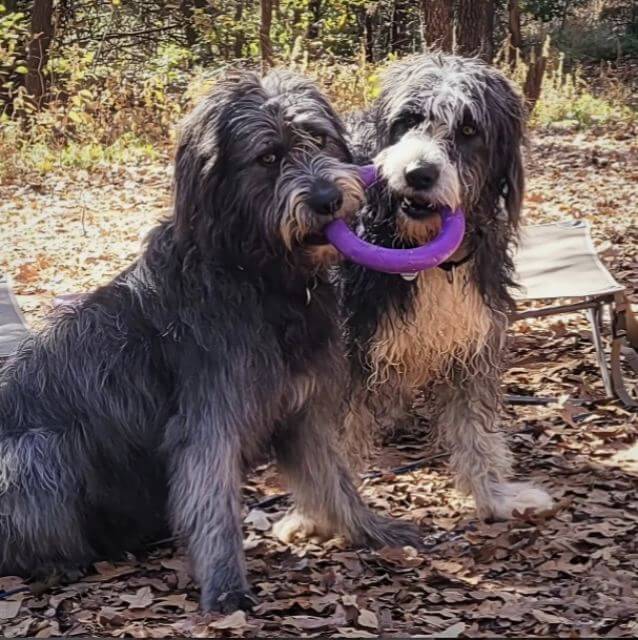
Originating from Terceira Island, one of the Portuguese Azores archipelagos in the Atlantic Ocean, the Barbado da Terceira, or Terceira Cattle Dog, is a medium-sized breed with a 500-year-old history. The breed’s ancestors were brought to the island to manage cattle, and they have since played a significant role in the island’s infrastructure. The breed was recognized by the Clube Português de Canicultura, or Portuguese Kennel Club, in 2004 and by the AKC’s Foundation Stock Service in 2021.
The Barbado da Terceira, also known as the Terceira Cattle Dog, shares many characteristics with other herding breeds, but it stands apart as a primitive breed. This distinction means that it has retained many of its original characteristics and instincts, such as a strong prey drive and high energy levels. It is independent and intelligent, territorial and protective, vocal and expressive. Primitive breeds such as the BDT can make excellent companions for active individuals and families who understand and appreciate their unique traits. The Barbado da Terceira may not be suitable for everyone, however, as they require experienced owners who can provide them with proper socialization, training, activity level, and mental stimulation. In short, the BDT is special. Here’s why:
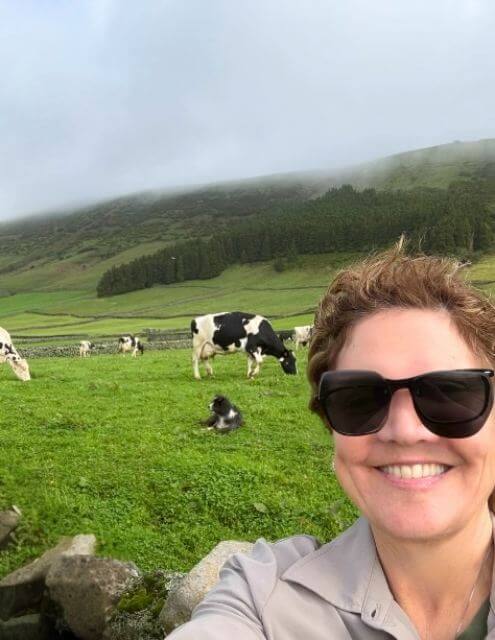
If a herding dog does not respond quickly and intelligently to a 2,200-pound aggressive bull, she will be injured. Herding requires the BDT to understand complex commands, anticipate the bulls’ movements, and problem-solve so as to move the bulls where the BDT wants them to go.
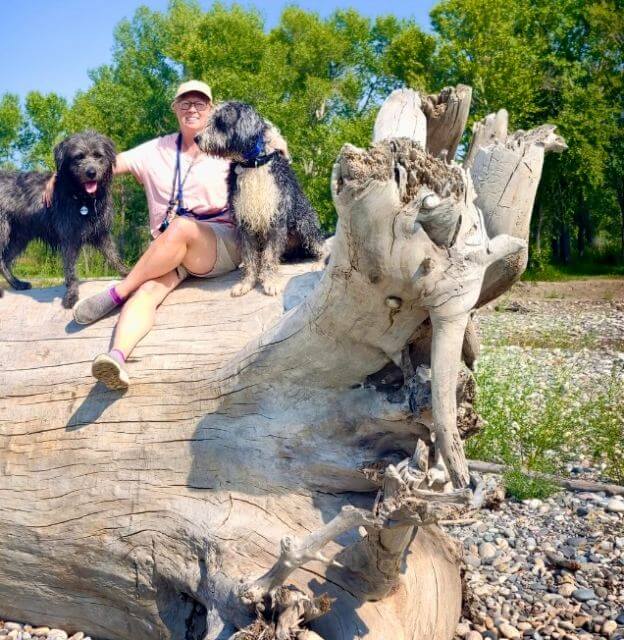
A defining characteristic of a BDT is its unwavering loyalty. Many BDT owners share heartwarming stories of their dog’s ability to sense when they’re needed. The BDT’s heightened awareness and perception have led them to develop non-verbal methods of communicating with their humans. A distinctive head tilt, a specific bark pitch, or a sweet way they nuzzle up to their humans are subtle expressions of a BDT’s feelings, needs, or observations.

The BDT is a robust and healthy breed with a muscular stature that is built for speed and endurance. The breed has a double coat to withstand various weather conditions. BDTs have well-developed bones and joints, enabling them to have active lifestyles and participate in sports, including Agility, Herding, and Flyball.
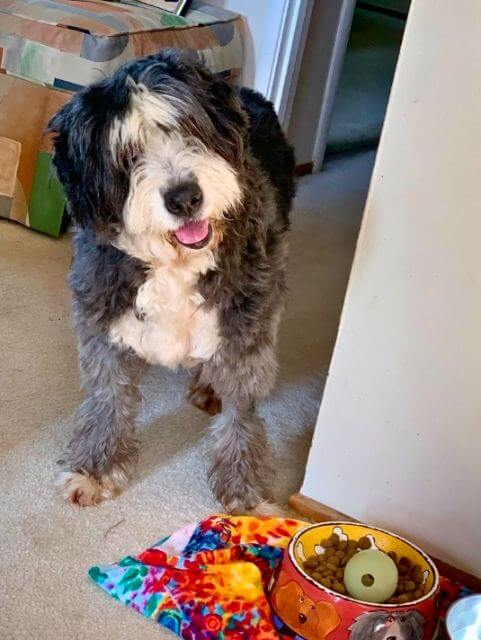
Barbado da Terceira are highly adaptable dogs. They can thrive in various living environments, from rural farms to the suburbs. They are also relatively low-maintenance and do not require excessive grooming or bathing.
Just look at the photos. Need we say more? With a variety of colors, and their expressive faces, the BDT can be confused with a stuffed animal. Don’t be deceived! Behind their beauty lies a tough dog whose owners of adolescent BDTs often liken them to Tasmanian Devils, albeit with an irresistible cuteness that sets them apart.
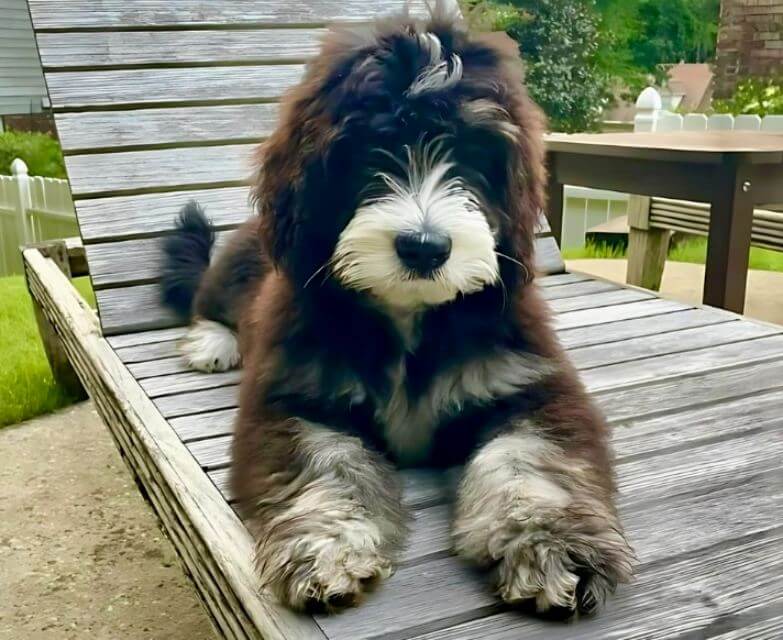
The Barbado da Terceira is a rare breed, which adds to its uniqueness. As of November 2024, there are 99 BDTs in the US and Canada, with more litters expected in 2025. Anyone thinking about getting a BDT may find himself/herself/themselves involved in joint efforts with the Barbado da Terceira Club – USA, and the two BDT Clubs in Portugal, to ensure the breed’s continued health, diversity, conformity to Standards, and existence. Every single dog is special to the clubs, both in the US and in Portugal.
Smart dogs are not necessarily easy dogs to own. A smart dog is easy to train, but the BDT, and other smart breeds, may make associations that you don’t want him to make. He may, for example, not want to go into a certain room because the last time that he was in it he was frightened by a thunderstorm, so he may think that the room is dangerous.

He may also come up with his own variations of what you have asked him to do. An example of a dog that has his own, smarter variation of a command is Wendy’s BDT, Eli. When Eli is asked to “come,” he doesn’t just run straight to Wendy. Instead, he makes a wide circle around her, herding her in his desired direction. It’s a clever way for Eli to get what he wants while still obeying Wendy’s command.
Smart dogs also get bored easily, and anyone who has been around dogs knows about the trouble into which bored dogs can get. When I am tired of throwing the ball to our Pico, I say, “Nighty, night, ball.” This worked for a while, until one day she realized that while one ball had to sleep, maybe a different ball was wide awake. She ran outside to get a different ball. She came back, placed it at my feet, and I said, “nighty night” to this ball too. Pico tilted her head to think, and then repeated this scenario until she realized that all the balls were tired and needed to sleep. Now, finding a ball that doesn’t need to sleep has become a wonderful game for her and I must watch not to trip on the many balls that Pico has placed at my feet.
Owning a BDT places one in a community, a family, really, of lovers of the breed whose members have joined the Barbado da Terceira Club – USA (BDTC – USA). The BDTC – USA holds quarterly meetings during which members and BDT owners can share best practices in training. The club encourages breeding of this rare dog, and regularly holds breeding meetings to ensure that the right dogs are being bred together to grow genetic diversity. In addition, because the breed is in the early stages of its introduction and growth in the US, club members understand the necessity of following club breeding recommendations to correct for any deficiencies in a dog’s conformation—not that we have many, of course. The club regularly publishes the Barbado da Terceira Newsletter so that members can see and learn about other BDTs throughout the country.
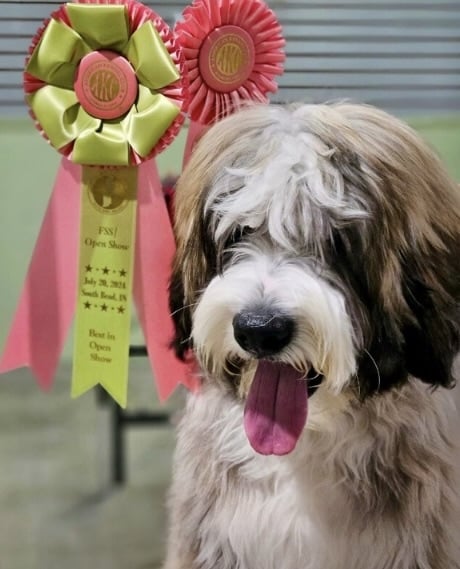
The Club is also special because of its close relationship with the Portuguese Barbado da Terceira breed club on the mainland and its President, Patricia Sousa, and the breed club on Terceira Island and its President, Roberta Cota. The President of the Portuguese Kennel Club, Carla Molinari, has also offered significant assistance to the efforts here in the United States. The BDTC – USA has a Protocol of Understanding with the two Portuguese clubs, which supports joint efforts on behalf of the breed.
In conclusion, the Barbado da Terceira is an exceptional breed that embodies a rare combination of intelligence, unwavering loyalty, athleticism, adaptability, and striking beauty. While their intelligence and independent nature may make them challenging to own, the rewards for those willing to invest time and effort in understanding and appreciating their unique traits are immeasurable. Joining the Barbado da Terceira Club – USA connects owners with a supportive community dedicated to preserving and promoting this remarkable breed. With its rich history, distinctive characteristics, and growing popularity, the Barbado da Terceira is poised to leave a lasting mark on the dog world, both in the US and Canada, and abroad.
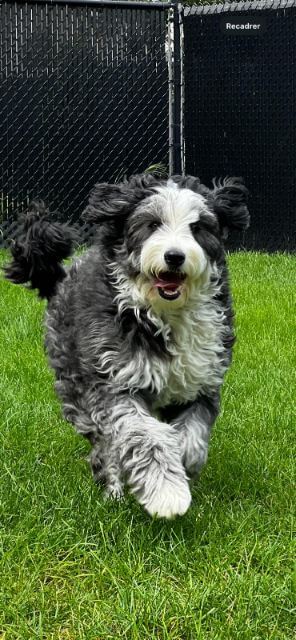
Those wanting to learn more can visit the website at: barbadousa.com or email: babadousa@gmail.com.